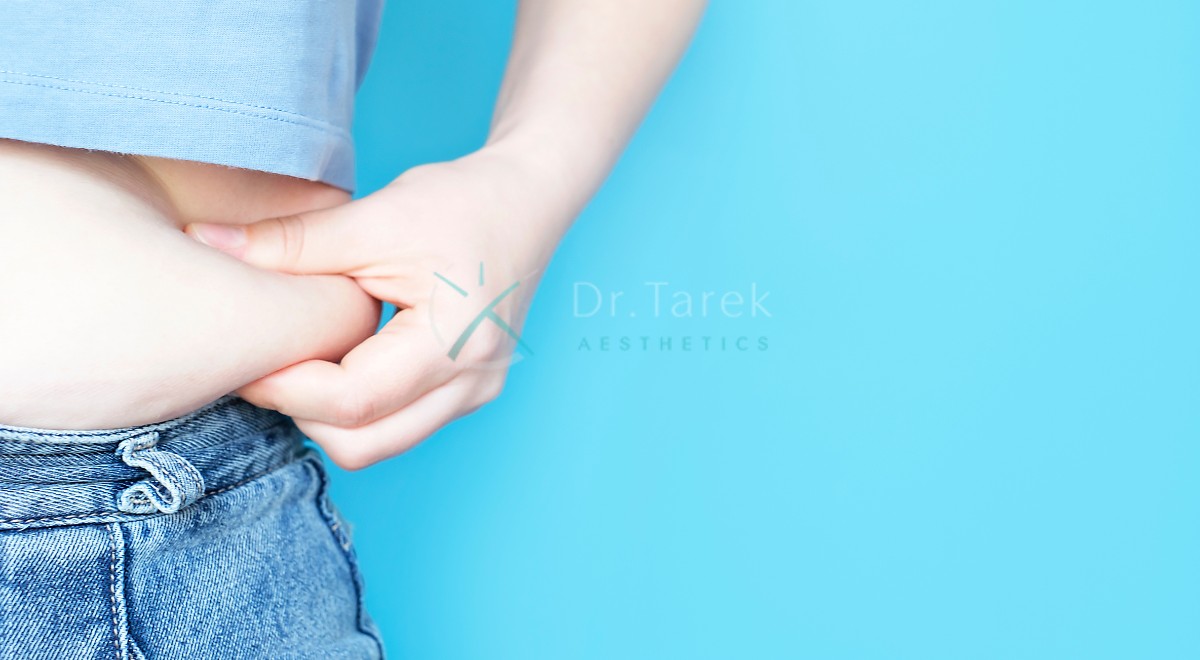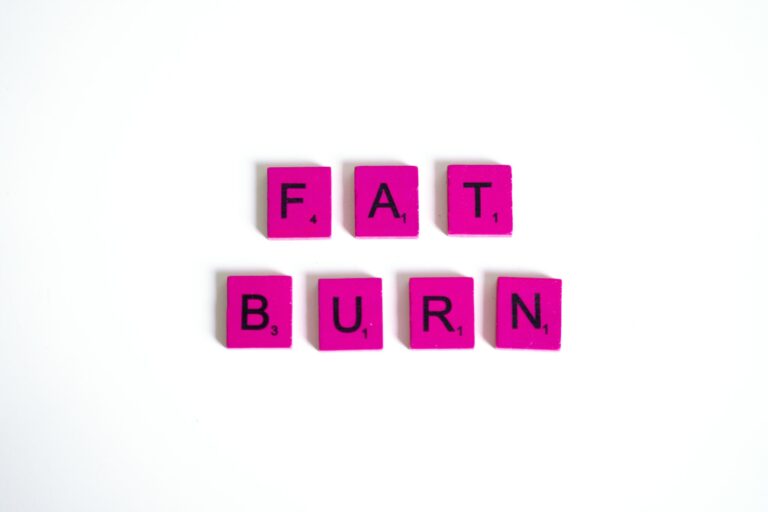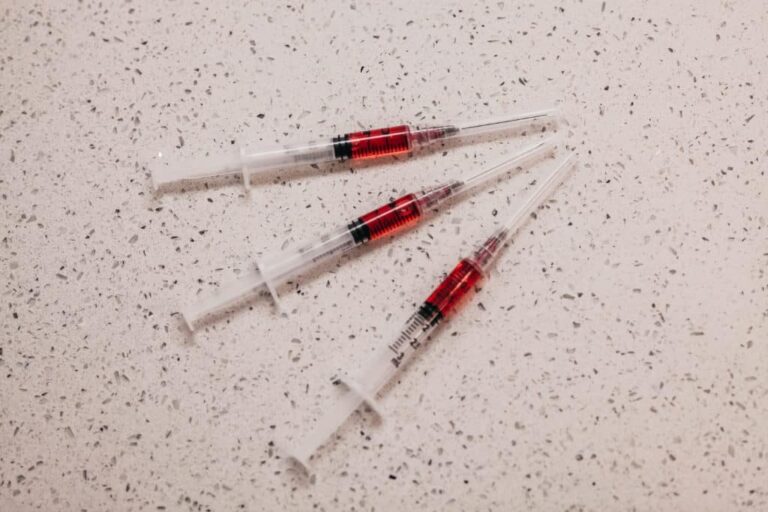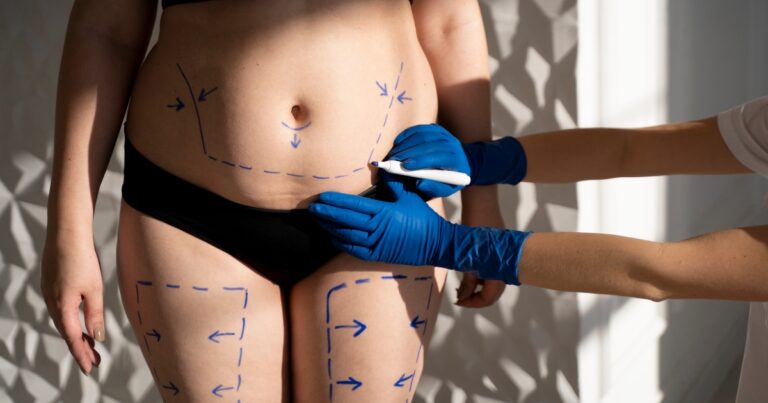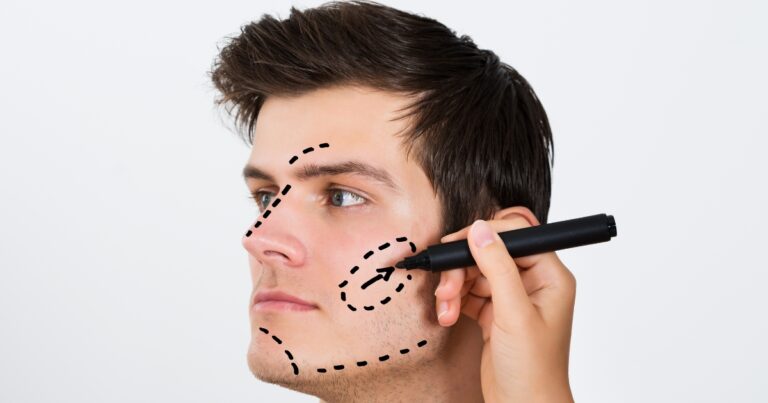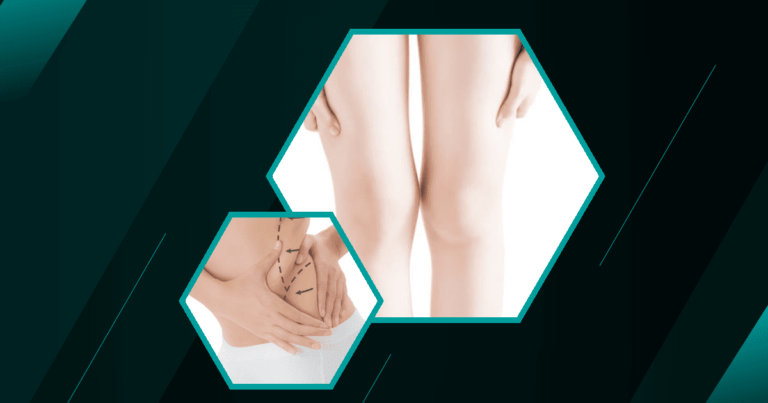How to Do Liposuction, How to Do Lipo
What is Liposuction?
Definition and Overview
Liposuction, also known as lipo, is a cosmetic surgical procedure designed to remove excess fat from specific areas of the body. It involves the use of a suction technique to extract fat deposits, resulting in a more contoured and aesthetically pleasing appearance. This procedure is popular among individuals looking to enhance their body shape and achieve a slimmer silhouette.
Dubai Lipo Experts help people look better by removing extra fat from their bodies using special techniques Dubai Lipo Experts are very good at what they do
Common Treatment Areas
Liposuction can target various areas of the body where fat tends to accumulate. Common treatment areas include:
- Abdomen
- Thighs
- Buttocks
- Arms
- Back
- Chin and neck
Who is a Candidate for Liposuction?
Ideal Candidates
Ideal candidates for liposuction are individuals who are close to their ideal body weight but have localized fat deposits that are resistant to diet and exercise. They should be in good overall health and have realistic expectations about the results.
Who Should Avoid Liposuction?
Liposuction is not suitable for everyone. Individuals with certain medical conditions, such as heart disease, diabetes, or a weakened immune system, should avoid this procedure. Additionally, those who are significantly overweight or have loose, sagging skin may not be ideal candidates.
Book A Consultation With Dr Tarek Bayazid
Top-rated Plastic Surgeon For Liposuction in Dubai
Installment Plan Available
Why is Liposuction Done?
Cosmetic Benefits
Liposuction offers several cosmetic benefits, including improved body contours and enhanced self-confidence. It can help individuals achieve a more proportionate and balanced appearance by targeting stubborn fat deposits.
Health Benefits
Beyond cosmetic improvements, liposuction can also provide health benefits. Removing excess fat can reduce the risk of obesity-related health issues, such as high blood pressure and diabetes. It can also alleviate physical discomfort caused by excess weight in certain areas.
How to Do Liposuction, How to Do Lipo: Step-by-Step Procedure 
Step 1 – Anesthesia
Types of Anesthesia Used
Liposuction can be performed under local anesthesia, general anesthesia, or intravenous sedation, depending on the extent of the procedure and the patient’s preference. Local anesthesia numbs the specific area being treated, while general anesthesia puts the patient to sleep.
What to Expect
Patients can expect to feel minimal discomfort during the procedure due to the anesthesia. The type of anesthesia used will be discussed during the consultation to ensure the patient’s comfort and safety.
Step 2 – The Incision
Incision Techniques
Small, discreet incisions are made in the targeted area to insert a thin tube called a cannula. The size and location of the incisions depend on the treatment area and the amount of fat being removed.
Minimizing Scarring
Surgeons take care to place incisions in inconspicuous locations to minimize visible scarring. Proper post-operative care, including keeping the incision sites clean and avoiding sun exposure, can further reduce the risk of noticeable scars.
Step 3 – Suction-Assisted Liposuction Procedure
How Suction-Assisted Liposuction Works
The cannula is inserted through the incisions and moved back and forth to break up the fat cells. A vacuum device attached to the cannula then suctions out the dislodged fat, resulting in a smoother and more contoured appearance.
Tools and Equipment Used
The procedure involves specialized tools, including the cannula and a suction device. Advanced techniques, such as tumescent liposuction, may also be used to enhance the effectiveness and safety of the procedure.
Step 4 – See the Results
Immediate Post-Procedure Results
Patients may notice an immediate improvement in their body contours, although swelling and bruising can temporarily obscure the final results. Compression garments are often recommended to help reduce swelling and support the healing process.
Long-Term Results
The final results of liposuction become more apparent as the swelling subsides, typically within a few months. Maintaining a healthy lifestyle, including regular exercise and a balanced diet, is essential to preserve the results.
Liposuction Treatment Areas
Common Areas for Liposuction
Liposuction is commonly performed on areas with stubborn fat deposits, such as the abdomen, thighs, and buttocks. These areas tend to be resistant to diet and exercise, making liposuction an effective solution.
Specialized Areas (e.g., Chin, Arms)
In addition to common treatment areas, liposuction can also target specialized areas like the chin, arms, and knees. These areas require precision and expertise to achieve natural-looking results.
Risks and Complications
Common Risks
Like any surgical procedure, liposuction carries certain risks, including infection, bleeding, and adverse reactions to anesthesia. Patients may also experience temporary side effects such as swelling, bruising, and numbness.
How to Minimize Complications
To minimize the risk of complications, it is crucial to choose a qualified and experienced surgeon. Following pre-operative and post-operative instructions, such as avoiding smoking and maintaining a healthy lifestyle, can also reduce the likelihood of complications.
How to Prepare for Liposuction
Pre-Procedure Guidelines
Preparing for liposuction involves several steps, including undergoing a medical evaluation, discussing your goals with the surgeon, and following specific pre-operative instructions. These may include avoiding certain medications and fasting before the procedure.
What to Avoid Before Surgery
Patients should avoid smoking, alcohol, and certain medications that can increase the risk of bleeding. It is also essential to inform the surgeon of any medical conditions or allergies to ensure a safe and successful procedure.
What to Expect During the Procedure
Duration of Surgery
The duration of liposuction surgery varies depending on the extent of the procedure and the number of areas being treated. On average, the surgery can take between one to three hours.
Patient Experience
Patients can expect a relatively comfortable experience during the procedure, thanks to the use of anesthesia. The surgeon and medical team will monitor the patient’s vital signs and ensure their safety throughout the surgery.
What to Expect After the Procedure 
Immediate Post-Operative Care
After the procedure, patients are monitored in a recovery area before being discharged. They may experience some discomfort, swelling, and bruising, which can be managed with prescribed medications and compression garments.
Long-Term Recovery Tips
Long-term recovery involves following the surgeon’s post-operative care instructions, including attending follow-up appointments and avoiding strenuous activities. Maintaining a healthy lifestyle is crucial to preserving the results of liposuction. Liposuction enhances contours by removing extra fat from your body making you look more shaped and fit Lipo injections results in less fat in the treated area and a slimmer look
Results and Maintenance
When to Expect Final Results
Final results become more apparent as the swelling subsides, typically within three to six months. Patients can enjoy a more contoured and proportionate appearance once the healing process is complete.
Maintenance Tips: How to Keep Your Liposuction Results
To maintain the results of liposuction, it is essential to adopt a healthy lifestyle. This includes regular exercise, a balanced diet, and avoiding significant weight fluctuations. Staying hydrated and getting enough sleep also contribute to overall well-being.
Frequently Asked Questions
Can Fat Return After Liposuction?
Fat cells removed during liposuction do not return; however, remaining fat cells can expand if a healthy lifestyle is not maintained. Regular exercise and a balanced diet are crucial to prevent fat accumulation in untreated areas.
Is Liposuction Permanent?
Liposuction results are long-lasting, but they are not immune to changes caused by aging, weight gain, or hormonal fluctuations. Maintaining a stable weight and healthy habits can help preserve the results.
How Much Weight Can You Lose with Liposuction?
Liposuction is not a weight-loss procedure but rather a body contouring technique. Patients can expect to lose a few pounds of fat, but the primary goal is to improve body shape and proportions.
Does Liposuction Remove Cellulite?
Liposuction is not designed to remove cellulite. While it can improve body contours, it may not significantly affect the appearance of cellulite. Alternative treatments, such as laser therapy or radiofrequency, may be more effective for cellulite reduction.
What is the Difference Between Liposuction and Tummy Tuck?
Liposuction removes localized fat deposits, while a tummy tuck (abdominoplasty) removes excess skin and tightens abdominal muscles. A tummy tuck is often recommended for individuals with loose skin and weakened muscles, while liposuction is ideal for those with good skin elasticity and localized fat.
